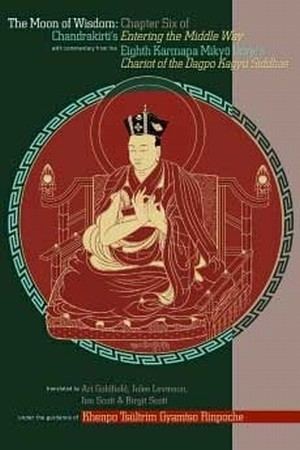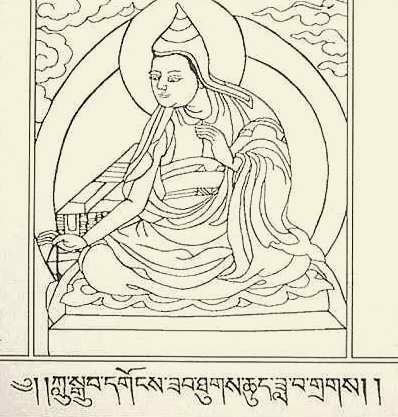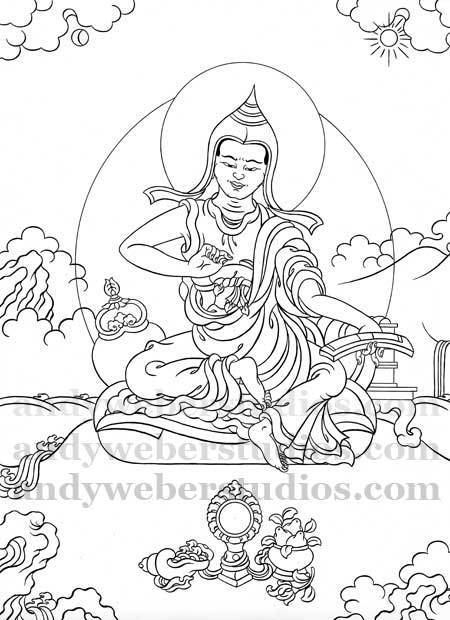Name Chandrakirti Chandrakirti Died 650 AD | ||
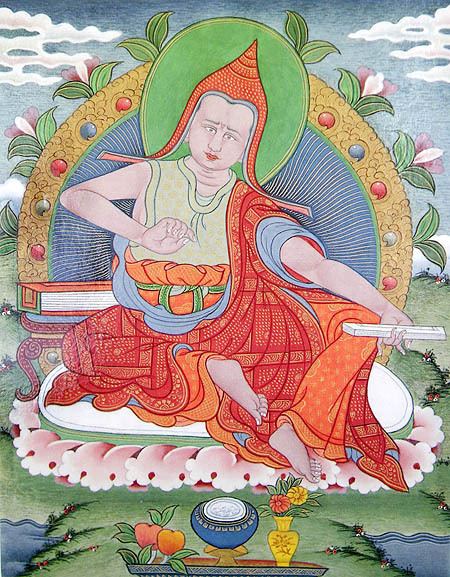 | ||
Books Introduction to the middle way, Four illusions Similar People Nagarjuna, Aryadeva, Je Tsongkhapa, Shantideva, Atisa | ||
Chandrakirti dharani
Chandrakirti (IAST: Candrakīrti; traditional Chinese: 月称; pinyin: Yuèchēng; Japanese: Gesshō; Tibetan: ཟླ་བ་གྲགས་པ་, Wylie: zla ba grags pa, Lhasa dialect IPA: tàwa ʈʰàʔpa; c. 600 – c. 650) was a Buddhist scholar at Nalanda Mahavihara in Northern India. He was a disciple of Nagarjuna (c.150–c. 250 CE) and a commentator on his works and those of his main disciple, Aryadeva. He was born in Samanta, South India.
Contents
- Chandrakirti dharani
- Entering into the Middle Way Day 1
- Teachings and works
- Chandrakirti the latter
- Major works
- References
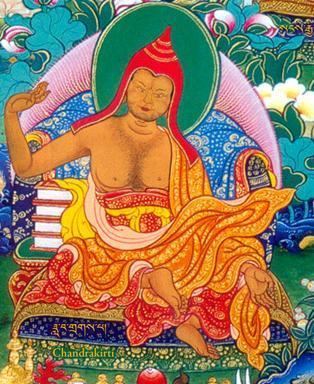
Entering into the Middle Way - Day 1
Teachings and works
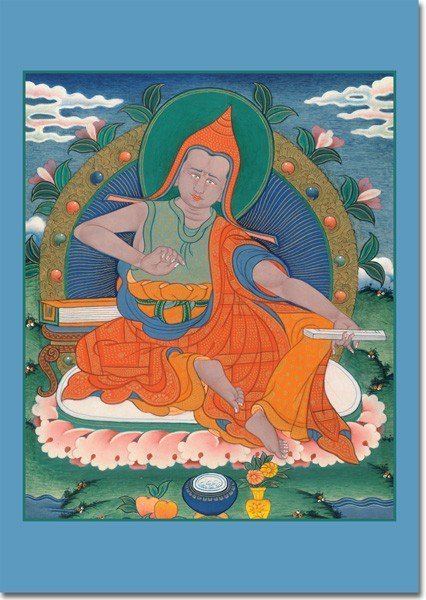
Chandrakirti was the most famous member of what the Tibetans came to call the Uma Thelgyur (Wylie: dbu ma thal 'gyur) school, an approach to the interpretation of Madhyamaka philosophy typically back-translated into Sanskrit as Prāsaṅgika or rendered in English as the "Consequentialist" or "Dialecticist" school.
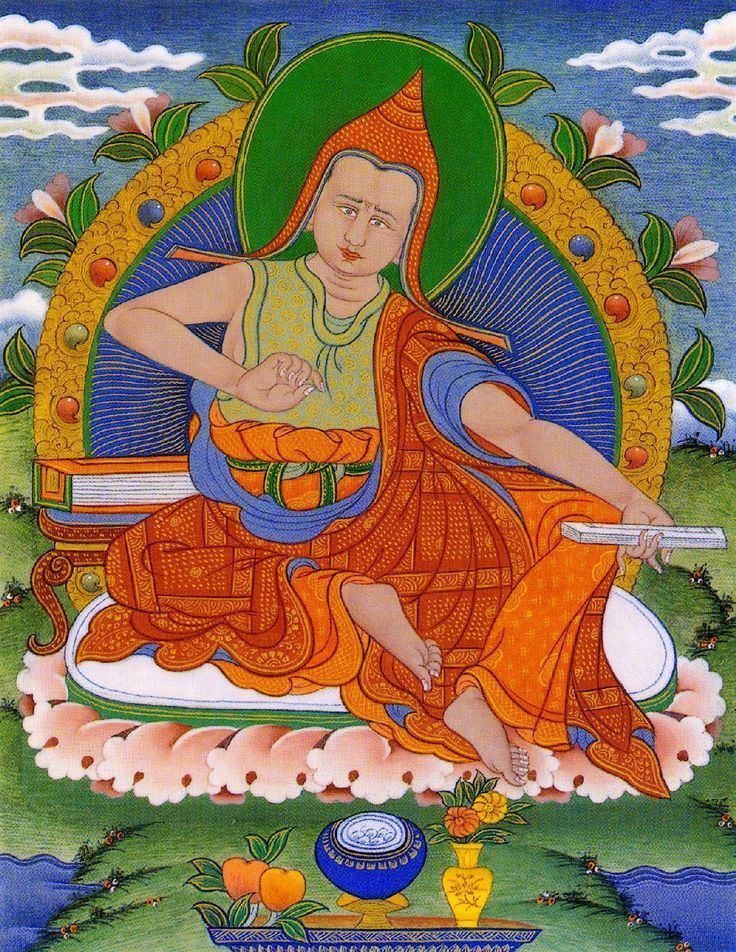
In his writings Chandrakirti defended Buddhapālita against Bhāviveka, criticizing the latter's acceptance of autonomous syllogism. He also offered refutations of a number of earlier Buddhist views such as the Vijñānavāda or Yogācāra school. He also attacked the views of the school of Dignāga for attempting to ground their epistemology on foundational propositions.
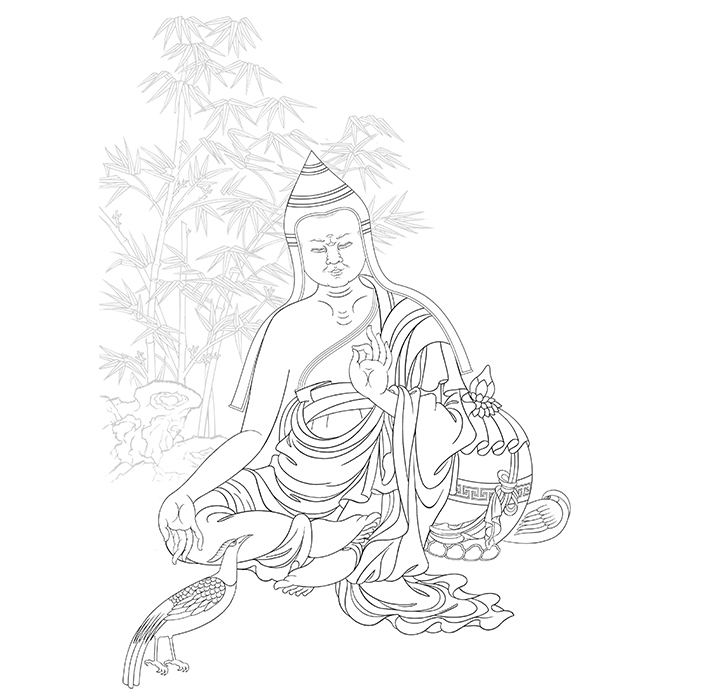
Chandrakirti's works include the Prasannapadā—Sanskrit for "clear words"—a commentary on Nāgārjuna's Mūlamadhyamakakārikā and the Madhyamakāvatāra (his supplement to Nagarjuna's text) and its auto-commentary. The Madhyamakāvatāra is used as the main sourcebook by most of the Tibetan monastic colleges in their studies of śūnyatā "emptiness" and the philosophy of the Madhyamaka school.
Chandrakirti the latter
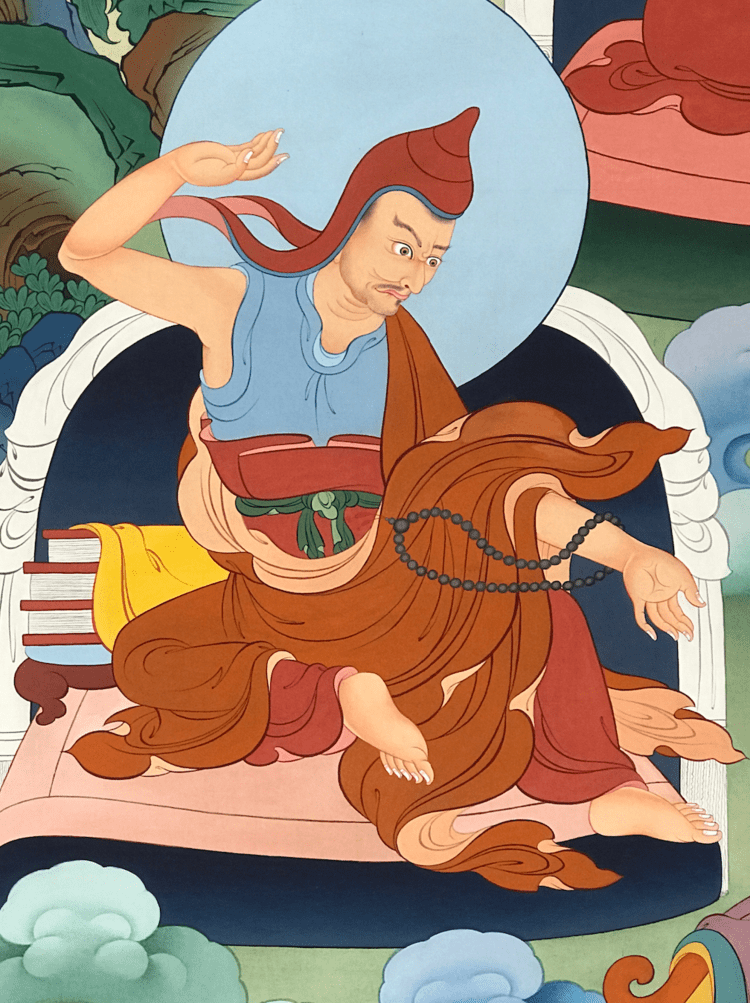
The Tibetan translation of Charyapada provided the name of its compiler as Munidatta, that its Sanskrit commentary is Caryāgītikośavṛtti, and that its lotsawa "translator" was Chandrakirti. This is a later Chandrakirti, who assisted in Tibetan translation in the Later Transmission of Buddhism to Tibet.
Major works
